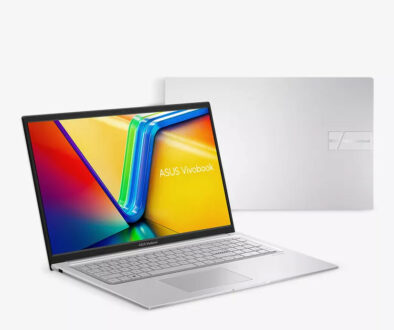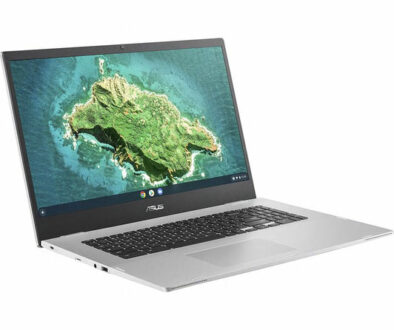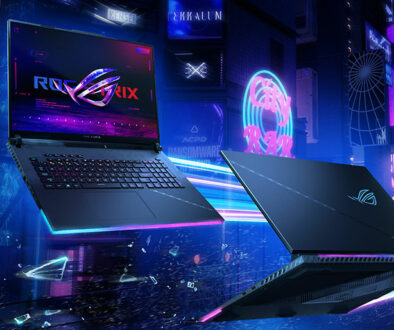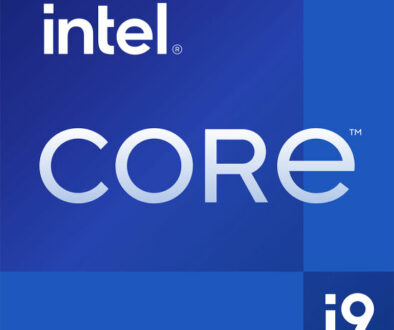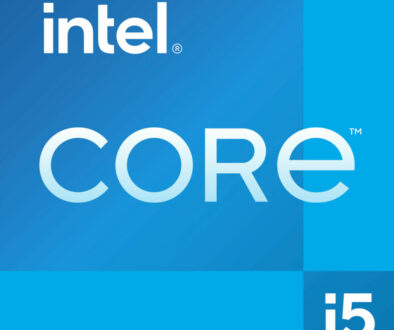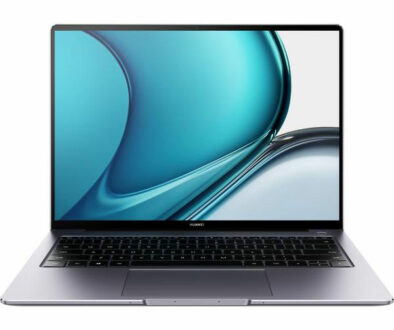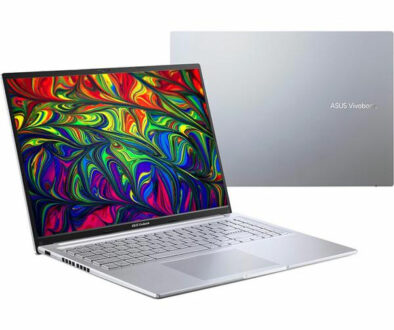AMD’s Phoenix APUs could make low-end discrete GPUs completely obsolete
We’ve seen the miracles the Steam Deck can do by simply combining its very few, but efficient RDNA 2.0 compute units with FSR. Even though it’s technically 720p gaming, the fact that you can play the latest titles at settings and frame rates enjoyable enough for the average joe, means that simply tweaking the hardware numbers a bit can get us even farther.
That… is the potential promise of Ryzen 7000 APUs, particularly the upcoming and recently announced Phoenix mobile architecture. Because while Nvidia still plans to stick strategically to its MX series on the low-end, AMD is once again making consumers reconsider its practical validity.
Ryzen 3000G/4000G/5000G: breaking the GTX 750 Ti barrier
Released at the tail end of 2019, AMD’s Athlon 3000G unveiled to the world the possibilities of putting dedicated discrete Vega GPU cores on a CPU. True, as a hardware investment, the 3000G wasn’t exactly a miracle. But for people building a complete, usable gaming system on the very cheap, its $50 MSRP was a godsend.
Refinements were even further made down the line as the Rzyen 2000G and 3000G series were unveiled. In fact, during this time, a fully built Ryzen 5 3400G with the appropriate dual-channel DDR4 memory could easily compete with a first-generation PS4 and Xbox One.
The final iteration of the Vega-based integrated GPU was with the Ryzen 4000G (PRO) and 5000G series, which brought far more advanced CPU performance levels. This allowed the iGPU to perform to its utmost limit, though technically it never really made it significantly past the GTX 750 Ti barrier.
Ryzen 6000 Rembrandt: scaling the long GTX 1060 6GB ladder
Fast trackback to 2021 and 2022 within the AMD APU space, and so far we are currently at the Zen 3+ series release period. Gone are the Vega-based compute units, and in their place, we have integrated RDNA 2.0-based compute units. This is a significant generational leap in terms of pure performance, especially when it comes to efficiency.
As demonstrated by YouTuber ETA PRIME, an RDNA 2.0 iGPU is massively ahead of the older Vega-based iGPUs, with performance levels allowing effective visual 4K and 60 FPS for certain modern triple-A games with just a few resolution scaling feature tweaks.
Also, as mentioned at the beginning, the Steam Deck has also shown how an RDNA 2.0 iGPU could easily break through the previous limitations of the Vega iGPUs. Not just in terms of graphical settings and framerates, but the frametime stability is pretty much preserved as well. And that is with the inherent limitations of its custom Zen 2 (yes, Zen 2!) 4-core 8-thread CPU.
Ryzen 7000 Phoenix: beyond RX 580?
Just like how Intel mobile CPUs were given a complete design shift from Tiger Lake (11th Gen) to mobile Alder Lake (12th Gen), going from Ryzen 6000 Rembrandt to Ryzen 7000 Phoenix is expected to be a significant change towards a brand new platform. For one thing, Ryzen 7000 as a whole (all architectures) will not even support DDR4 anymore! Starting from desktop AM5 forwards, all Ryzen CPUs will be using DDR5 memory.
Indeed, more than simple IPC gains and performance efficiency leaps, there is a much, much bigger implication of combining RDNA 2.0 compute units with a slightly more matured version of the newly introduced DDR5 memory for mobile applications. Integrated GPUs, after all, attribute a large chunk of their performance stability to RAM, which effectively becomes the system VRAM in the absence of a dedicated one.
The current upper ceiling of integrated RDNA 2.0 compute unit performance is halfway between the GTX 1050 Ti, GTX 1650, and GTX 1060 using the best of what DDR4 memory has to offer today. As such, by improving the CPU’s architecture, configuration, adding a few more RDNA 2.0 compute units, and incorporating the use of slightly more mature DDR5 memory, it is somewhat fair to extrapolate the performance as exceeding all three of them. Perhaps, even exceeding the next equivalent tiers, like the classic RX 580.
Is it too much of a leap to be true? Perhaps. But there is actually another element as to why it is reasonable enough to assume such a level of performance: GPU market segmentation trends.
Cutting off entry-level from the enthusiast discrete segment
Traditionally on laptops, competitive gaming performance is never really the expectation at the low end. If you want to game, get a Radeon or Geforce-infused model. Of course, Vega-based APUs have already proven otherwise, but the aforementioned limitations still apply to the point that low-end discrete GPUs such as Nvidia’s MX series remained a viable option.
With the MSRP almost doubling for the discrete market segment at all tiers in a post-COVID era, it is safe to assume that the traditional $200-tier for mid-range products will no longer be the norm. At minimum, consumers would have to shell out at least $300 for the “entry-level” discrete GPUs, with $250 at the very basic performance tier. In real-world retail prices, this would usually translate to an additional $400 or $500 to the laptop’s cost, effectively erasing the legacy that desktop GPUs like the RX 580 or GTX 1650 Super once had on the low-budget segment.
And what does this mean for AMD’s endgame? Well, to put it bluntly, the entire entry-level discrete GPU market might eventually disappear. Think about it. “Enthusiast” products such as $400+ GPUs are being pushed into the mainstream, while laptop-oriented APUs like the Ryzen 7000 Pheonix are promoted hard for their entry-level equivalent performance. The only conclusion is that we are heading toward a future where powerful APUs could make traditional low-end discrete GPUs look completely silly. At best, they would simply function like a GT 1030 or a GT 710, something that could simply be used as a video output device.
Even without rumors directly pointing to such an initiative, this idea has already been the general consensus of sources such as wccftech, or even Moore’s Law is Dead. The legacy of cheap builds in the $150-$250 range will disappear, and in its place, is a new generation of powerful APUs that could pump the same level of performance in a mobile form factor that will not be hampered by heat or ventilation issues.
Next milestone: mainstream RX 590/GTX 1660 in-a-chip
So at this level of implementation, would it be possible that APUs before the next five years would exceed beyond the RX 570 and finally hold the next traditional “entry-level” line of the RX 590 and GTX 1660?
Yes, Definitely.
In fact, some Rzyen 6000 processors have already begun showing off performance using optimized power load tweaks that are hovering near a GTX 1060. That is achievable right now. And if you’re interested in a desktop discrete GPU, we’re looking into a future where the “cheapest” option can easily trash the once magnificent GTX 1080 Ti. The Radeon RX 6600/6650 XT, Geforce RTX 3060, ARC A770, they’re all just a symptom of the end of low-end discrete GPUs to be hailed by the Ryzen 7000 Phoenix mobile architecture starting in 2023.
Seems like the RX 6500 XT and the RX 6400 are looking sillier and sillier with each passing hardware announcement…


